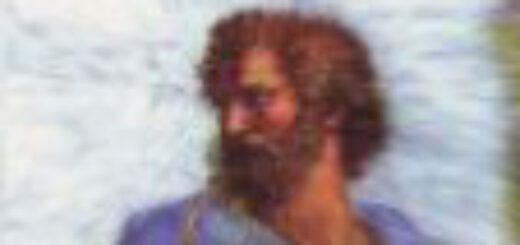Mike Gold: Hot Town, Summer In The Cities
I’m going to ramble a bit about an annual phenomenon. In many important ways, New York City and San Diego are about to trade places.
Even with DC Comics having moved its flat drawers and some of its staff from the Right Coast to the Left, New York City remains inundated with comics people. Marvel, Archie, Dynamite, and Valiant remain in the Baked Apple, as does King Features Syndicate and sundry Internet outfits such as comiXology and ComicMix. We’ve still got the only weekly magazine venerable enough to publish single-panel cartoons, The New Yorker. You’d be familiar with this publication if you went to the doctor more often. Overall, the Greater Comics Racket continues to dance to the beat of east coast drummers.
Next week, New York goes to San Diego to participate in the annual “how many college freshmen can you stuff in a phone booth” contest, a.k.a. the San Diego Comic-Con. They prefer to call themselves just “Comicon,” maybe with two c’s, but there are a lot of tradespeople who consider this something akin to theft of intellectual property. We’ve got a ton of ComicMixers there, including Glenn Hauman, Adriane Nash, Ayna Ernst, Maddy Ernst, Jen Ernst (do you detect a theme here?), Ed Catto, Emily Whitten, Bob Ingersoll, Michael Davis, Arthur Tebbel, and whomever I forgot because my memory is like a well-tuned car – as long as that car is a Stanley Steamer.
That leaves Martha Thomases, Joe Corallo and me in Manhattan watching a double-feature. I’m not sure what Denny and Molly and John and Marc will be up to, but at least I’ll be seeing Marc in Kokomo this fall. How can I pass that one up?
So, for some reason I’ll be spending time wandering the hot, summery streets of Manhattan, coping with high humidity, high temperatures, pissed-off Long Islanders and the pervasive smell of rat urine, the stench that shouts “welcome to our subways!” During SDCC week, San Diego is overcrowded, overpriced, and over-partied but with perfect weather (except, oddly, when I’m there). I’ll be happy to be here. Besides, I try not to fly anymore. In airplanes, I mean.
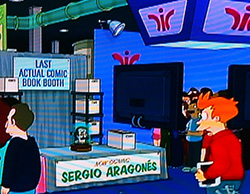 I’ve dedicated my current travel schedule to the “smaller” conventions (of course, by comparison to SDCC the Roman Coliseum held “smaller” conventions). You know, the shows where I can talk with the fans, find out what people like and don’t like and might like, talk with the retailers and guests, and never have to wait more than five minutes to get through the bathroom line. I’ve been doing comic book conventions for 49 years, back when our product was printed on papyrus. The late and deeply lamented Phil Seuling held his first “big” convention in New York City in 1968. There were 300 people there, and all of them were thinking the same thought: “Holy crap! There are 299 other people who are just like me.”
I’ve dedicated my current travel schedule to the “smaller” conventions (of course, by comparison to SDCC the Roman Coliseum held “smaller” conventions). You know, the shows where I can talk with the fans, find out what people like and don’t like and might like, talk with the retailers and guests, and never have to wait more than five minutes to get through the bathroom line. I’ve been doing comic book conventions for 49 years, back when our product was printed on papyrus. The late and deeply lamented Phil Seuling held his first “big” convention in New York City in 1968. There were 300 people there, and all of them were thinking the same thought: “Holy crap! There are 299 other people who are just like me.”
Well, it was 1968, so “just like me” meant possessing a Y chromosome. It also helped if you were white but, then again, it usually does.
We’ve come a long way. SDCC dumps about a quarter of a billion dollars into the San Diego economy. Comic book conventions attract several million fans and professionals. Much of Hollywood moves down to San Diego for the week, and we see equivalent attendees in places such as the United Arab Emirates, Spain, Belgium, Chile, Finland, France, Italy, Japan, Malaysia… I think I may have received an invite from Togo last year.
And to think it all started out as a hobby. 300 geeks in a hotel ballroom who never, ever thought the word “geek” would become a badge of honor.
Wow!

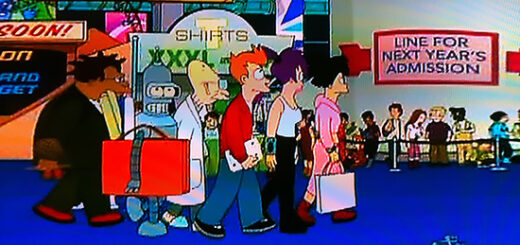
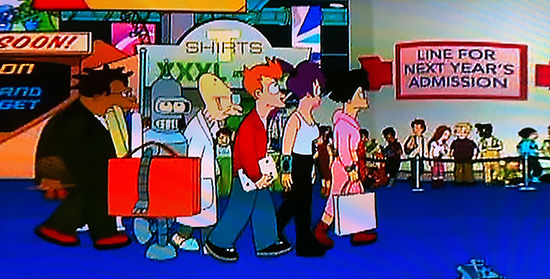
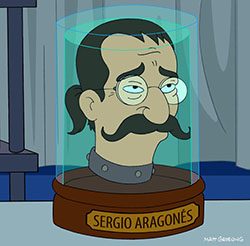

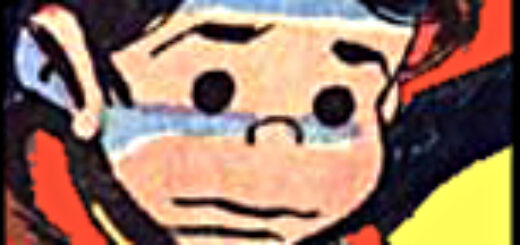
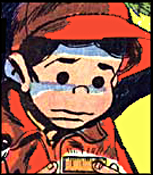
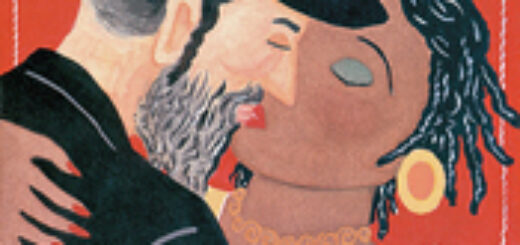
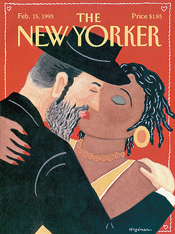
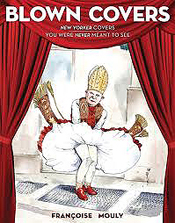
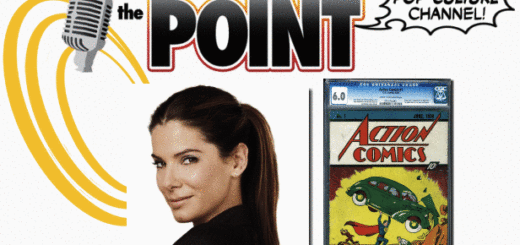
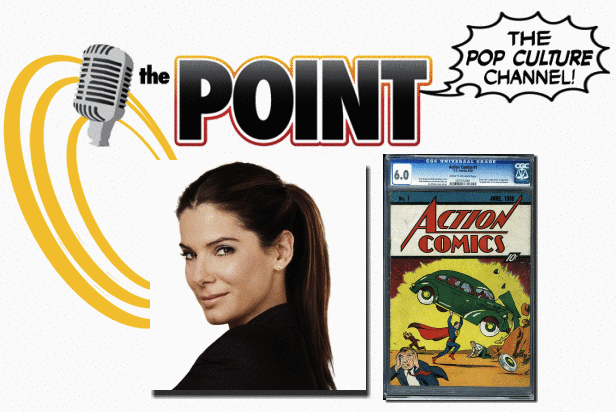

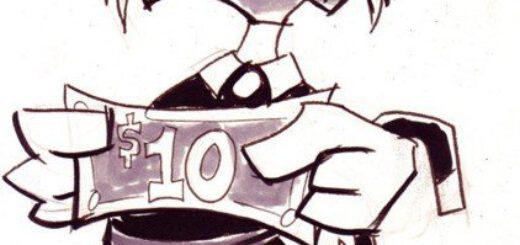

 It was a long, long running series of one-panel cartoons. It was an iconic teevee series. It was subject of two pretty decent movies. It was almost a DC Comic by Mike Baron and Bill Wray. It is the subject of a Broadway play that opened last week to mediocre reviews. And now it looks like The Addams Family will be a Tim Burton movie.
It was a long, long running series of one-panel cartoons. It was an iconic teevee series. It was subject of two pretty decent movies. It was almost a DC Comic by Mike Baron and Bill Wray. It is the subject of a Broadway play that opened last week to mediocre reviews. And now it looks like The Addams Family will be a Tim Burton movie. Drew Dernavich, cartoonist for the New Yorker, really wanted to be sent to the San Diego Comic-Con this year.
Drew Dernavich, cartoonist for the New Yorker, really wanted to be sent to the San Diego Comic-Con this year. 